Facts about Niagara Falls USA & Canada
Niagara Falls, a breathtaking natural wonder straddling the border between the United States and Canada, is renowned for its breathtaking beauty and immense power. Drawing over 14 million visitors annually, these majestic falls are not just a tourist spectacle but also a significant source of hydroelectric power, playing a crucial role in the region’s economy and sustainability. From its geological formation thousands of years ago to its current status as a symbol of natural grandeur and human ingenuity, Niagara Falls encapsulates a rich tapestry of history, ecology, and cultural significance. In this exploration, we dive into the fascinating facts that make Niagara Falls a marvel of the natural world.
Size and Power
Niagara Falls is a natural wonder that never fails to impress with its amazing facts. With a combined flow rate of over 85,000 cubic feet per second, it stands as one of the most powerful waterfalls in North America, showcasing the sheer force of nature at work. The Horseshoe Falls, the largest of the three waterfalls, is truly staggering, standing at approximately 167 feet high and spanning 2,700 feet wide. Its sheer scale is a testament to the grandeur of this natural spectacle. Furthermore, the hydroelectric plants near Niagara Falls play a crucial role in generating a significant amount of electricity, powering both Canada and the United States. During peak daytime tourist hours, the falls take on an even more remarkable quality, with over 700,000 gallons of water flowing over its edge every second, creating an unforgettable sight for all who witness it.
Tourism and Preservation
Tourism at Niagara Falls, attracting over 14 million visitors annually, plays a dual role in the region’s dynamics. Economically, it’s a significant boon, creating numerous jobs and generating revenue through attractions like the historic Maid of the Mist boat tour, operational since 1846. This tour not only offers an immersive experience but also fosters environmental awareness.
The Niagara Parks Commission is instrumental in preserving the falls’ natural beauty, ensuring sustainable tourism, and mitigating environmental impacts. Despite the economic benefits, tourism’s heavy traffic contributes to pollution and resource strain, posing challenges in balancing commercial interests with ecological preservation. Additionally, Niagara Falls serves as a vital source of hydroelectric power, providing clean energy to countless homes and businesses, further highlighting its significance beyond being a mere tourist attraction.
Famous Tightrope Walks
Niagara Falls has a long and storied history of daredevil tightrope walks that have captured the world’s attention. From Maria Spelterini crossing it while wearing peach baskets on her feet to Nik Wallenda braving strong winds and mist in 2012, these stunning feats of bravery have become a part of the falls’ legend. Jay Cochrane, also known as ‘The Prince of the Air’, astounded audiences with a series of tightrope walks in the 1980s, including a blindfolded walk across the falls. Even in the 1800s, the Great Blondin dazzled spectators with daring stunts, such as crossing while carrying his manager on his back. These incredible acts of courage have added to the mystique of Niagara Falls, captivating audiences for generations.
Geological Activity
Niagara Falls is a natural wonder that holds many fascinating secrets. Did you know that it is constantly eroding at a rate of about one foot per year due to the powerful force of the water? This erosion has led to the continuous upstream movement of the three waterfalls that make up Niagara Falls – the American Falls, Bridal Veil Falls, and Horseshoe Falls. The formation of the falls itself began over 12,000 years ago during the last ice age, when melting glaciers formed the Great Lakes and carved out the Niagara River. This incredible natural process has led to the stunning spectacle we see today. Moreover, the immense power generated by the water flowing over Niagara Falls has been harnessed for hydroelectric power since the late 19th century, showcasing the enduring impact of this majestic wonder.
Formation and Evolution
Niagara Falls has a fascinating history, dating back over 12,000 years to the end of the last Ice Age. The powerful forces of meltwater from glaciers carved out the magical Niagara River and gave rise to the magnificent falls we know today. Notably, the Horseshoe Falls, part of this natural wonder, stands as the most commanding waterfall in North America, with a breathtaking vertical drop exceeding 165 feet. As incredible as it is, Niagara Falls is still evolving, with ongoing erosion causing the falls to recede about one foot each year. Additionally, it’s fascinating to note that the Niagara River, the lifeblood of the falls, acts as a natural border between Ontario, Canada, and New York State, USA, adding yet another layer of intrigue to this iconic site.
Hydropower and Utilization
Niagara Falls is not only a stunning natural spectacle but also a powerhouse of electricity production. It holds the title of being the largest electricity producer in New York State. The hydropower generated by the falls is an incredible source of renewable energy, providing electricity for approximately 3.8 million homes. Moreover, in addition to powering homes, the falls also play a vital role in industrial operations, by providing energy for nearby factories. The potential hydropower capacity of Niagara Falls is estimated to be around 4.4 gigawatts, highlighting its significant contribution to sustainable energy production.
Natural Wonders and Attractions
Niagara Falls is the collective name for three waterfalls: the Horseshoe Falls, the American Falls, and the Bridal Veil Falls. The Horseshoe Falls, also known as the Canadian Falls, is the most powerful waterfall in North America. This stunning natural wonder showcases its immense power as over 28 million liters of water flow over Niagara Falls every second during peak daytime hours, creating a mesmerizing spectacle. Beyond its natural beauty, Niagara Falls is also a crucial source of hydroelectric power for both Canada and the United States, highlighting its dual importance as a breathtaking landmark and a sustainable energy resource.
Artistic Inspiration
Niagara Falls has not only captured the fascination of visitors and scientists but has also served as a muse for artists and filmmakers throughout history. It was featured in the first-ever motion picture created by Thomas Edison, showcasing its early influence on the film industry. Additionally, the falls have inspired numerous paintings, poems, and songs, further establishing its status as a cultural icon. Despite the popular myth of daredevils going over the falls in a barrel, such feats have been accomplished only a few times, underscoring the sheer force and danger of the falls. Interestingly, the flow of water over the falls even came to a temporary halt in 1848 due to an ice jam, highlighting the extraordinary and ever-changing nature of this natural wonder.
Environmental Impact and Conservation
Niagara Falls has been a significant source of hydroelectric power for over a century, producing electricity for both Canada and the United States. The water flow over Niagara Falls is regulated by the International Niagara Control Works to ensure a balance between maintaining the natural beauty of the falls and meeting the needs of hydroelectric power generation. Moreover, conservation efforts are in place to protect the unique flora and fauna around Niagara Falls, including designated nature reserves and parks on both sides of the border. Despite being a popular tourist destination, organizations like the Niagara Parks Commission work diligently to minimize the environmental impact of visitors through sustainable tourism initiatives. These efforts underscore the commitment to preserving this natural wonder for future generations to enjoy while promoting environmental awareness and conservation.
Famous Daredevils of Niagara Falls
Niagara Falls has been the site of numerous daredevil feats, each more astonishing than the last. Annie Edson Taylor holds the distinction of being the first person to survive a trip over the falls in a barrel back in 1901, paving the way for other daredevils to follow in her footsteps. Bobby Leach’s story took a tragic turn when he survived going over the falls in a steel barrel, only to later succumb to injuries sustained from slipping on an orange peel. Kirk Jones made headlines in 2003 by becoming the first person to survive a plunge over the falls without any protection, defying all odds. Jean Lussier’s successful navigation of the falls in a rubber ball showcased the diverse techniques employed by daredevils in conquering the treacherous waters, adding yet another fascinating chapter to the history of Niagara Falls.
Interesting Wildlife Around Niagara Falls
The Niagara River and its surrounding areas are teeming with diverse wildlife, offering a haven for a wide array of species. Visitors to Niagara Falls are often treated to the sight of majestic bald eagles gracefully soaring above the waters, adding to the already breathtaking scenery. As visitors explore the lush surroundings, they may also have the opportunity to spot the sleek and agile American mink along the riverbanks, showcasing the rich biodiversity of the region. Furthermore, the vibrant habitat around Niagara Falls provides a sanctuary for various bird species, including the great blue heron and the belted kingfisher, further enhancing the natural wonder of this iconic destination.
Hidden Underground Tunnels of Niagara Falls
Beneath Niagara Falls, there are over 12,000-year-old tunnels formed by the sheer force of water carving through rock layers. These hidden tunnels play a crucial role in regulating the flow of water and preventing erosion behind the falls. The underground tunnels also provide a unique habitat for rare species of blind fish adapted to complete darkness and subterranean conditions. Visitors can explore some accessible sections of these mysterious tunnels through guided tours offered by Niagara Parks, offering a fascinating glimpse into the natural forces at work. The opportunity to witness this remarkable underground world adds an extra layer of intrigue to the already sensational Niagara Falls experience.
Conclusion
Niagara Falls stands as a testament to the power of natural forces and human ingenuity. From the magnificent size and power of the falls to the historical significance of the site, there is much more to this iconic destination than meets the eye. The geological activity and the formation of the falls over 12,000 years ago have shaped its rich history, playing a pivotal role in both environmental preservation and the development of hydropower. The hidden underground tunnels add a layer of mystery and intrigue, offering a unique glimpse into the natural forces at work. As tourism continues to impact the area, it is essential to recognize the delicate balance between preservation and visitor experience, ensuring that future generations can continue to marvel at the beauty and wonder of Niagara Falls.
FAQS
Q: What are some interesting facts about Niagara Falls?
Niagara Falls is made up of three waterfalls: the American Falls, the Bridal Veil Falls, and the Horseshoe Falls. It is one of the most powerful waterfalls in North America and is a popular tourist attraction.
Q: Where is Niagara Falls located?
Niagara Falls is located on the border between the United States and Canada, with the falls themselves straddling the border.
Q: What is the oldest state park in the USA?
Niagara Falls State Park, located in the state of New York, is the oldest state park in the United States.
Q: What are some fun facts about Niagara Falls?
In addition to being a popular tourist destination, Niagara Falls is also a source of hydroelectric power and attracts daredevils who have attempted to go over the falls in barrels and other contraptions.
Q: What are the main waterfalls that makeup Niagara Falls?
Niagara Falls is made up of three main waterfalls: the American Falls, the Bridal Veil Falls, and the Horseshoe Falls.
Q: What is the significance of the Niagara River?
A: The Niagara River serves as the outlet for Lake Erie into Lake Ontario and is known for its strong currents and the natural beauty of the Niagara Gorge.
Q: What is the Niagara Escarpment?
A: The Niagara Escarpment is a prominent geological formation that runs from New York through Ontario, Canada, and is known for its cliffs and scenic views.
Q: Can you visit both the American and Canadian sides of Niagara Falls?
Yes, visitors can access both the American and Canadian sides of Niagara Falls, offering different perspectives and experiences of the waterfalls.
Q: Is it true that people have gone over Niagara Falls in a barrel?
Yes, there have been several instances of daredevils attempting to go over Niagara Falls in barrels or other contraptions, with varying degrees of success and survival.
Q: What can visitors expect to see at Niagara Falls State Park?
Niagara Falls State Park offers stunning views of the waterfalls, hiking trails, the Cave of the Winds experience, and the opportunity to take a boat ride on the Maid of the Mist to get up close to the falls.

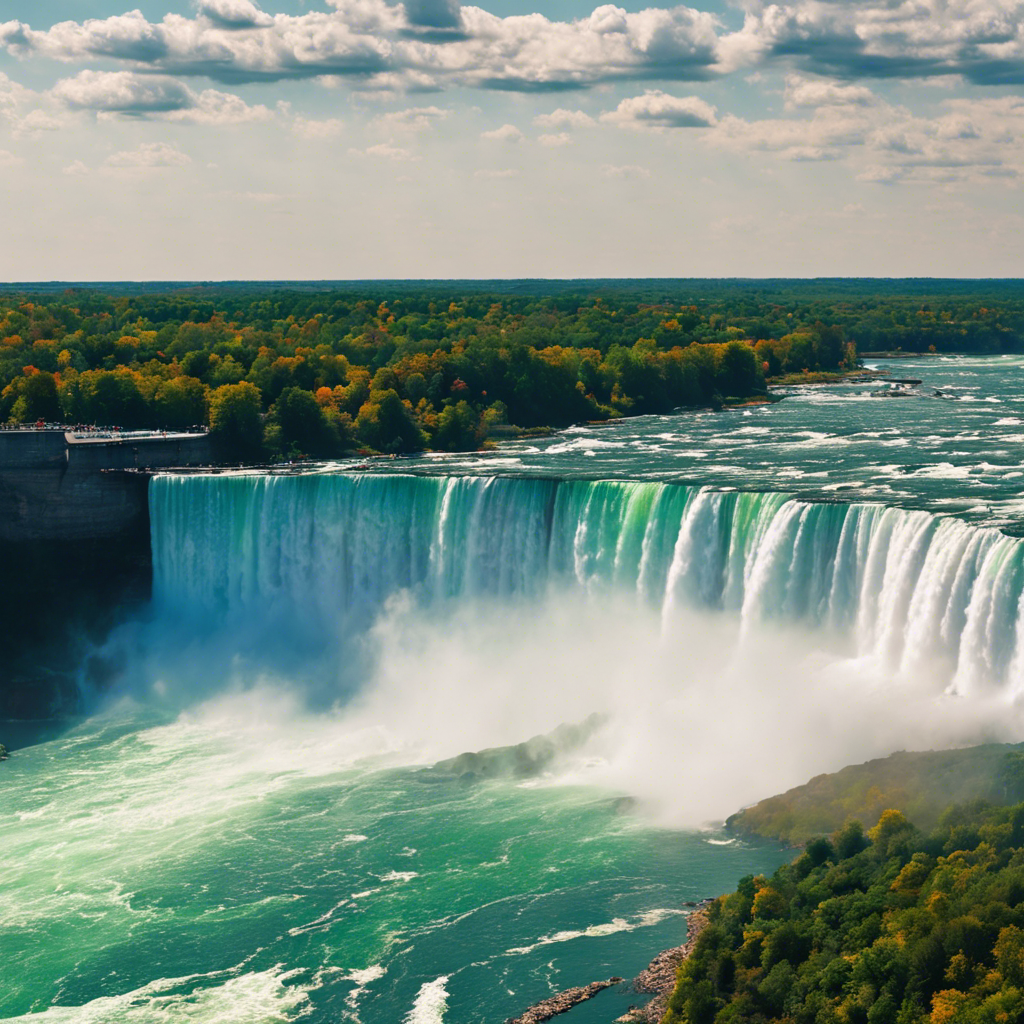
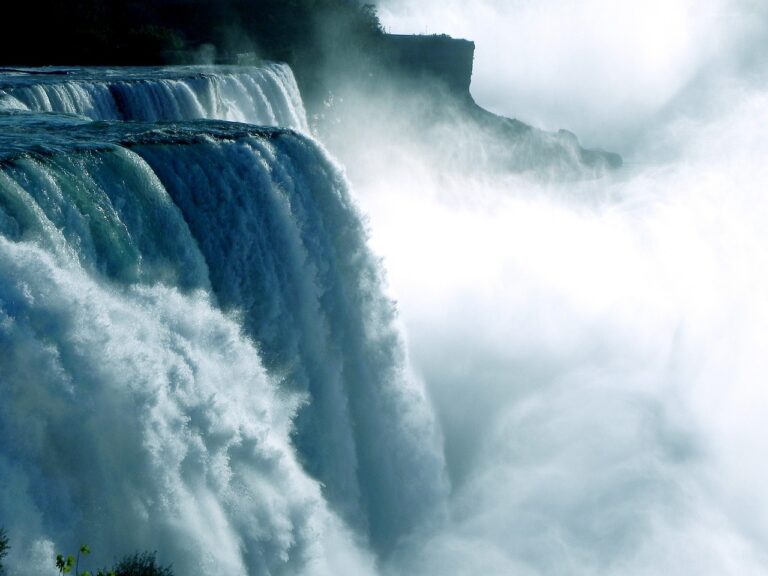
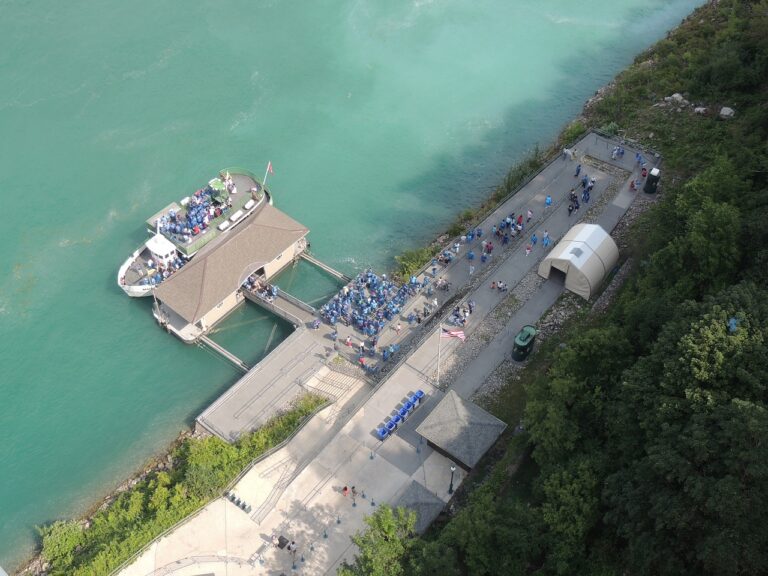
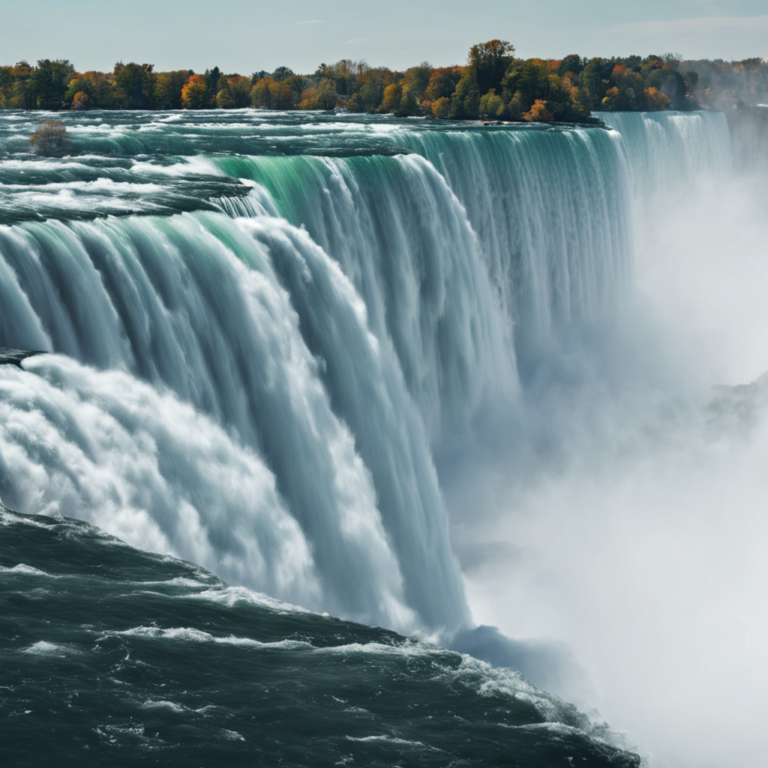
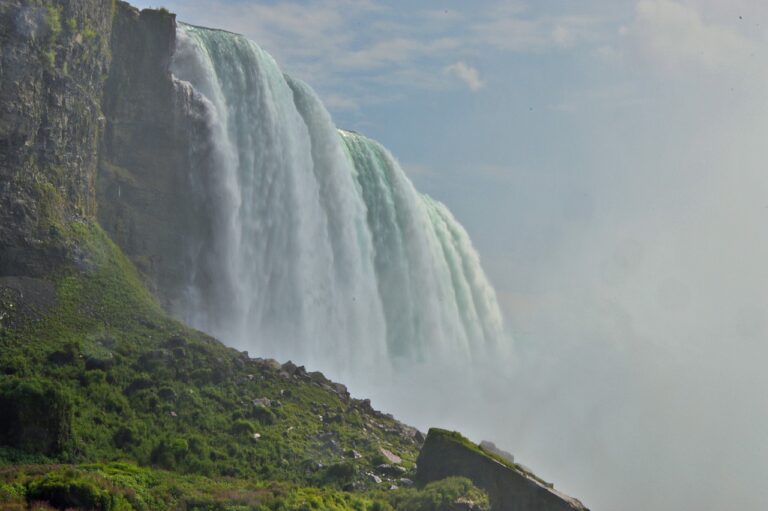
You actually make it seem so easy with your presentation however I find this matter to
be actually one thing which I believe I’d by no means understand.
It sort of feels too complicated and very vast for me.
I’m taking a look forward to your subsequent post, I will attempt to get
the grasp of it! Lista escape room
Very interesting points you have mentioned, thank you for putting up..